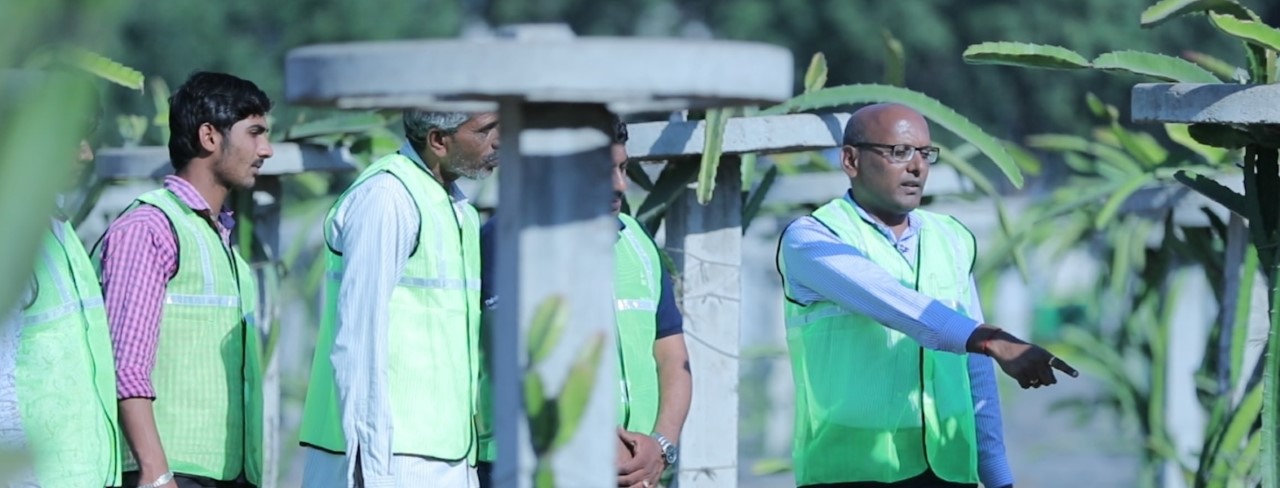
By Dr. Amol Jain, Vice President, Horticulture









I am Dr. Amol Jain, Vice President of the Department of Horticulture for Adani in India and globally. When I joined this organisation at Mundra in 2005, this place was a compete desert with barely any green traces. While experts within my community warned me that the barren stretch were incapable of turning green, I decided to give it a shot. My long years spent across Israel and Holland came in handy. What transpired over the next 13-odd years was pure magic. The journey has served multiple purposes. From generating employment to the local village, maintenance of green zone development, bio-diversity and most essential carbon emission control, the Adani Group has shown the world that unprecedented expansion could be achieved along with healthy sustainable growth.
Now that I had taken up the challenge there was no looking back. The entire stretch was a massive saline desert with more than 35,000 mg/L of Total Dissolved Solids (TDS), which makes it the world’s second largest saline desert after the coastal land around the Dead Sea. That explains why the Kutch border controls nearly 80% of the salt production in India. We adopted the ISO Dutch technology widely accepted in Israel. The entire process was mechanised irrigation which enabled labour efficiency and also made the job interesting for horticulturists.
Our gradual yet strategic efforts began to ripen with time. Today the terrestrial green development around Mundra is more than 800 hectares and the forestation completed for the mangroves alone is above 2885 hectares. Along with this plantation, we are doing the conservational activities in 1254 hectares. A case in point is Luni, a fishing hamlet nearby. It alone is home to 200 hectares of mangroves. These mangrove plants are more than 2 metres tall.









The terrestrial development enriched the flora and fauna of the neighbourhood. The picturesque sight of the vicinity gives us a glimpse of the transformation. The changed biodiversity today attracts scores of migrated birds and has become home to several exotic butterflies.
As you must be aware that Kutch is known for its scanty rainfall which is just about 100 millimetres every season. Therefore water crisis is one of the biggest apathies of the region. We therefore decided to use the treated water from our sewage treatment plant. Since the region is vast and treated water quantity also had its limitations we adopted another Israeli method which works like the drip irrigation system. Now we are dabbling with a matured version of the same technology. Sample this: If one tree requires 20 litres of water, the requirement could be sufficed through just 250 ml water when guided through this technology.









While our horticulturists were largely exposed to total mechanised irrigation, they were also tasked to work closely with locals. The local community which was once clueless about this job have themselves become trainers for the farmers in the region. Today they dabble in modern technology of the plantations, including hydroponics. With traditional methods in use the survival rate was not more than 35%. But technology-driven methodology has increased the survival rates to 85%. Today when I look back, it gives immense happiness to see that the immediate community are an evolving set of entrepreneurs themselves.
During my entire tenure, we have planted more than 12 million trees. If we loosely measure the impact, the trees can absorb up to 1 lakh tonnes of carbon dioxide and supply 0.8 lakh tonnes of oxygen back to the society.
The best part of my time spent in the Adani Group was complete freedom and unparalleled support to build my oasis. Today when I look back it fills me with pride to see that I am a part of a larger cause wherein I am contributing to nation building through the Adani Group.